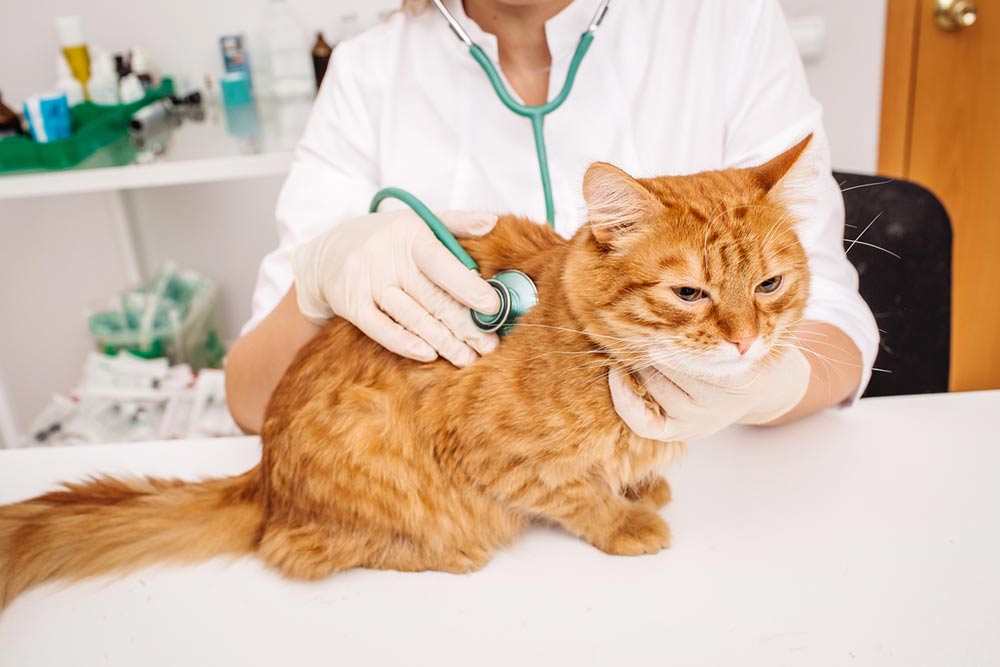
7 Symptoms of Feline Diabetes
Feline diabetes is not rare; however, it may get overlooked because the symptoms can be subtle. As cat parents, knowing these symptoms can be essential for the early diagnosis and successful treatment of this metabolic condition. Here are seven crucial signs to note to suspect feline diabetes in your furry friend. Keep in mind that while these symptoms can raise suspicion of the condition, a definitive diagnosis requires professional veterinary evaluation.
Symptoms of feline diabetes
1. Excessive thirst (Polydipsia)
An insatiable thirst is one of the main indicators of feline diabetes. Firstly, if you notice your cat constantly trying to find a source of water or drinking more than it usually does, it can indicate increased blood sugar levels. The next symptom is often polydipsia, which changes the drinking behavior of your cat.
2. Increased urination (Polyuria)
Feline diabetes causes the kidneys to become overloaded as they endeavor to get rid of the excess sugar through urine. Due to this, you could notice your cat urinating more often.
3. Changes in appetite
Diabetic cats may show changes in eating habits. While some may eat much more, others may find themselves uninterested in their meal without any apparent reason. These alterations in appetite, associated with other symptoms, should indicate a need to visit the vet.
4. Loss in body mass
Diabetic cats can still lose weight despite the increase in their appetite. When the body cannot make use of glucose efficiently, it starts breaking down fat and muscle tissues to gain energy. Some of the early symptoms of feline diabetes include a large and unexplained loss in the body mass of your cat.
5. Lethargy and weakness
Diabetes in cats can cause symptoms like low energy, fatigue, and weakness. Another sign is that your usually active and playful cat becomes tired and withdrawn. Observing changes in your cat’s behavior and activities is important to detect potential health problems.
6. Change in grooming habits
Diabetic cats can change their grooming tendencies. A previously well-groomed cat may start looking shabby with an untidy coat. Grooming behavior is an important signal of discomfort or a developing health problem, including feline diabetes.
7. Sweet-smelling breath
This complication of diabetes, also known as “ketoacidosis”, causes a sweet or fruity smell from your cat’s breath. If the breath emits some strange smell, it may suggest that the body is burning fat on its own as a source of energy because the body doesn’t produce enough insulin.
Conclusion
If you observe any of these signs in your cat, it is imperative to seek prompt veterinary care. A veterinarian will conduct thorough examinations, blood tests, and urinalysis to confirm the diagnosis and establish an appropriate treatment plan. Feline diabetes is a manageable condition with proper veterinary guidance, food adjustments, and, in some cases, insulin therapy. Regular veterinary check-ups and vigilant monitoring of your cat’s behavior and health are key to ensuring early detection and effective management.


